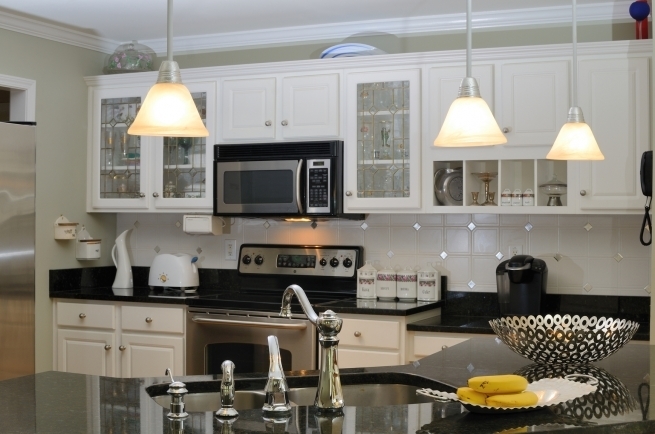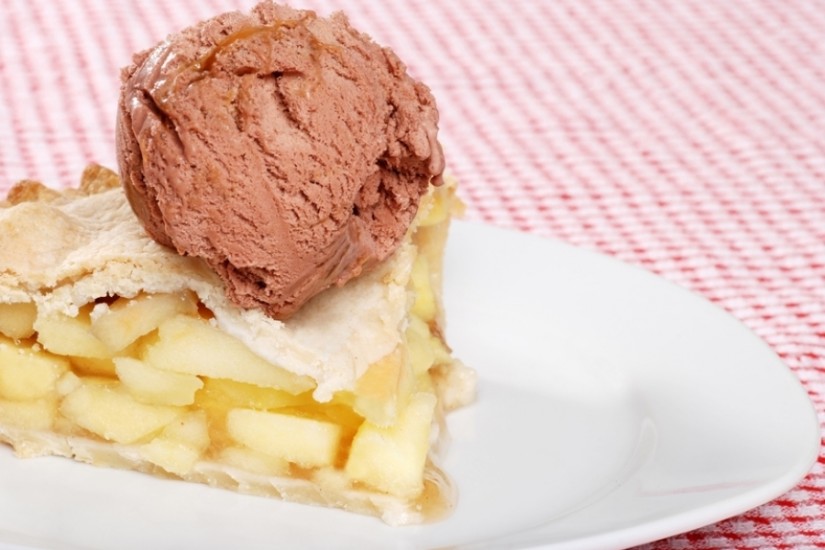In our last blog What Type and Style of Kitchen Sink is Right for You, we shared with you different types and styles of sinks, such as stainless steel, concrete, cast iron, solid surface, and copper.
We’ve decided to take another look at kitchen sinks, as there are so many wonderful options out there for you to choose from. Read on to find out more about some of these other fantastic choices for your kitchen.
Fireclay Sinks
Fireclay is created when clay is coated in a glaze then fired at extremely high temperatures. This process then fuses the clay and glaze together, and results in a very durable and hard material that looks similar to enameled cast iron.
Fireclay sinks are non-porous, and resist acids and scratches. These types of sinks can be relatively chip resistant, but can crack overtime.
While a Fireclay sink makes a beautiful addition to any kitchen, they are susceptible to stains and do require the proper maintenance.
If you are looking for variety in color and size, this type of sink may not be right for you. Fireclay sinks unfortunately do not have a wide variety of color and size options. In addition you will also be limited in the type of faucet you can use with this sink, as most fireclay sinks require wall or counter mounted faucets.
Composite Sinks
Composite sinks are an engineered product made from a combination of two different materials, such as quartz dust, granite or acrylic resins. They are closely related to the term or label “composite stone” and “composite granite sink”.
This non-porous sink is heat, stain, and scratch resistant, and is a great alternative if you are looking for a sink that has a high end look without the high end price. Composite sinks are available in a wide variety of colors, styles, and mounting options.
However, like any other material, composite sinks are not impervious to damage. Depending upon the type of composite sink you choose, some sinks can be susceptible to scratches and can be damaged by extremely high temperatures, which could cause the sink to blemish from melting resins.
Quartz Composite
Quartz Composite sinks are made from crushed quartz mixed with an acrylic resin. The combination of these two materials helps to make the sink much lighter and more durable than other types of sinks.
Quartz composite sinks are non-porous, heat and stain resistant. They are relatively resistant to most chemicals and can be cleaned with any type of material. Like other types of composite sinks, they are available in a wide variety of sizes and colors.
Soapstone
Soapstone is not just for counter tops! Soapstone is natural stone composed of mineral talc, which gives it its soft, smooth appearance and feel. It starts out light to medium gray and darkens overtime. It’s a very durable and dense material, which makes it germ and heat resistant. Acidic solutions like orange juice or vinegar won’t affect it, and it doesn’t stain easily.
This is a material that will last a lifetime, but like any material it does need care. Soapstone will need to be polished with oil to keep it looking in tip-top shape. It’s not as durable as granite, it can scratch, crack, chip, or nick overtime. Minor nicks can be repaired easily by sanding it with sandpaper and applying mineral oil to it.
As you can see there are many kitchen sink choices available, and hopefully after reading this blog, we’ve been able to help you narrow down your choice when selecting your next kitchen sink.




